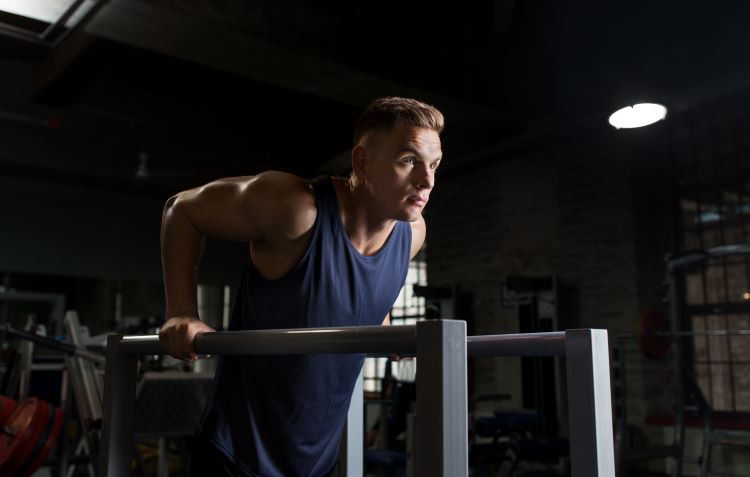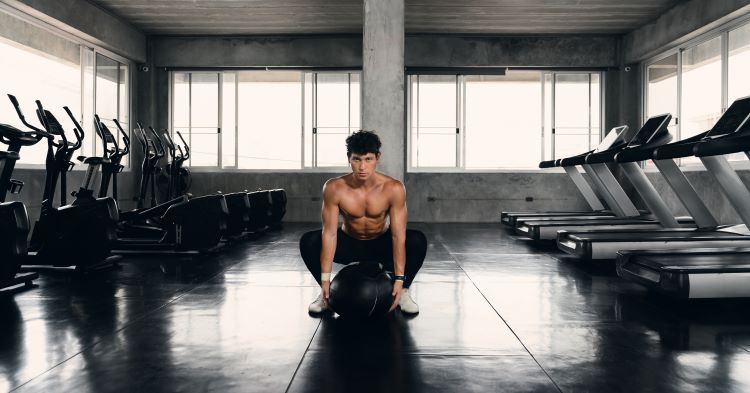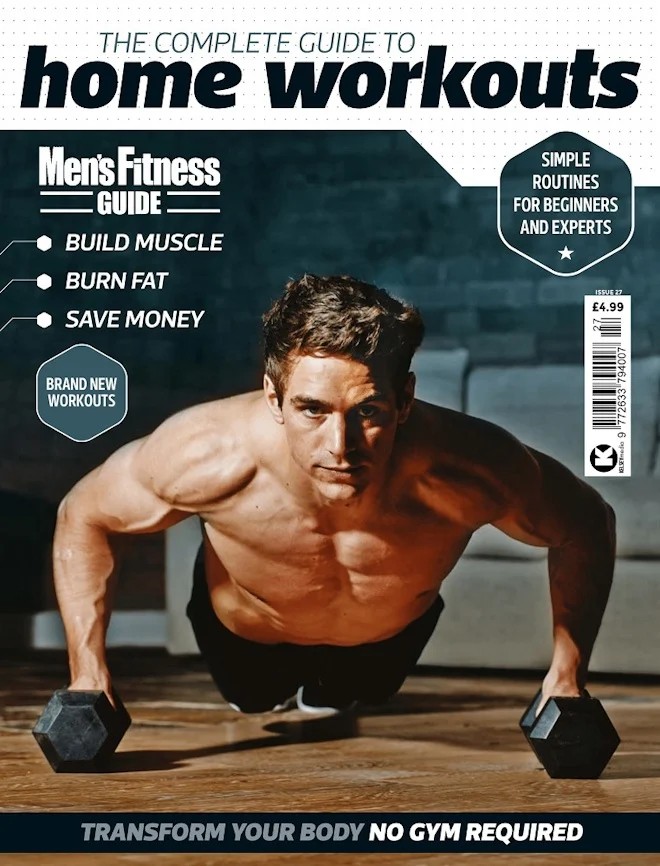Elite cyclists now strengthen their arms, backs, shoulders and chests. Here’s why you should too, says cycling journalist Mark Bailey.
Upper-body strength has traditionally been seen by cyclists as about as useful as a punctured inner tube. But riders who neglect their upper body are making a mistake. Like the best cycling shorts, upper-body strength can enhance a cyclist’s comfort, not to mention power, control, performance, balance and posture. That’s why elite cyclists from Tour de France winner Chris Froome to downhill mountain bike legend Gee Atherton routinely do strength training.
“Upper-body strength is something that cyclists often miss out on, but it would make them a much better rider,” says Richard Salisbury of Pedal Precision at the National Cycling Centre in Manchester, UK. “I often say to riders that most would be better off sacrificing one ride a week for a strength session.”
Isn’t upper-body strength a waste for cyclists?
There are some understandable reasons why many cyclists have previously refused to train any body part north of their hips. But these old-fashioned concerns are out of date. For many years, the main logic was that upper-body muscles are less important when you’re riding a bike.
But just because your upper-body muscles are not the primary ones used in cycling, it doesn’t mean they have no function at all. Your arms, shoulders and torso are important for everything from comfortably maintaining an aerodynamic posture over long distances to enhancing control of the handlebars when cornering at speed.
But even your non-cycling-related muscles aid overall body balance. “Working on the things you don’t use when riding will, in the long run, make you a more balanced machine, more powerful and less prone to injury,” adds Salisbury. “And what gets a bit neglected on the bike is the upper body and arms.”

Will upper-body strength add unwanted weight?
Another worry for cyclists – particularly road cyclists but also cross-country and enduro mountain bikers – is that upper-body training will mean they have to drag too much muscle mass up hills and over long distances. But this carries the mistaken assumption that all strength training is focused on muscle hypertrophy – growth of muscle mass – rather than muscle function, which is the quality most relevant to cyclists. And with all that calorie-burning cycling, you’ll struggle to pack on much muscle mass without a dedicated diet even if you wanted to.
Is upper-body strength important for all cycling disciplines?
All cyclists can benefit from building upper-body strength, though some disciplines benefit more than most. Mountain bikers who need to control their bike over uneven and unpredictable terrain, or lift up their front wheel to cross obstacles, will undoubtedly benefit most of all. So will cyclo-cross riders who need to corner at speed on off-road terrain and carry their bikes around, and indoor track riders who need to use all their upper-body strength to help channel maximum force through their pedals for sprints and efforts.
Nail your core exercises with the METIS Fitness Slam Ball
“You’ll use your chest, shoulders and arms more actively during a mountain-bike ride,” says Salisbury. “Wider, flat handlebars will mean your upper body will get more of a workout when riding the trails, but it means there will be more gains to be made in the gym by making these areas strong.”
What about upper-body strength training for road riders?
Even road riders who do upper-body training will notice a huge difference in their ability to maintain an aerodynamic position on the bike over long distances, and in their ability to keep their bike steady when wrestling it up hills. And with the boom in gravel cycling continuing at pace, many road riders venturing off-road will benefit from building additional upper-body strength for when riding over loose stones and mud.
“On the road, the critical things are more swayed towards having good posture and trunk control, the ability to resist rotation for pedalling efficiency, and good shoulder control for long days in the saddle and on the hoods,” says Salisbury.
But whatever your discipline, upper-body strength will deliver extra power. A strong and stable upper body gives you a robust platform from which to unleash maximum efforts, by providing a solid base to push against as you grip the handlebars. A strong upper body will also help to support the weight of your torso as you lean over the handlebars, enabling you to maintain good form on the bike and reduce strain in the neck and shoulders as you ride.
What sort of exercises should I do?
Try mixing these cycling-specific exercises into your weekly training routine:
Push-pull
“Anything that involves a good push or pull action with the arms and upper body will help all round upper-body strength,” says Salisbury. “Try some pull-ups, push-ups, triceps dips and bent-over rows. These will all activate your shoulders, chest and arms, as well as a whole host of stabilising trunk muscles.”
Back and trunk
“There are so many options which don’t require special equipment or time in the gym. Try some planks, side planks, crunches – even better with some rotation added in – or Roman chair exercises. These will create a stronger torso with which you can support yourself on the bars, whilst also giving you a stronger base for your legs to drive from.”
Rotational resistance
“Try woodchoppers, rotational medicine ball throws, and rotational landmine presses. These have the benefit of working lots of body parts, whilst also strengthening a key area for cycling, which is isolating leg movement from upper-body movement. This will ensure more of the power generated by the legs is harnessed into the pedals, and nothing is lost.”
Related content:









